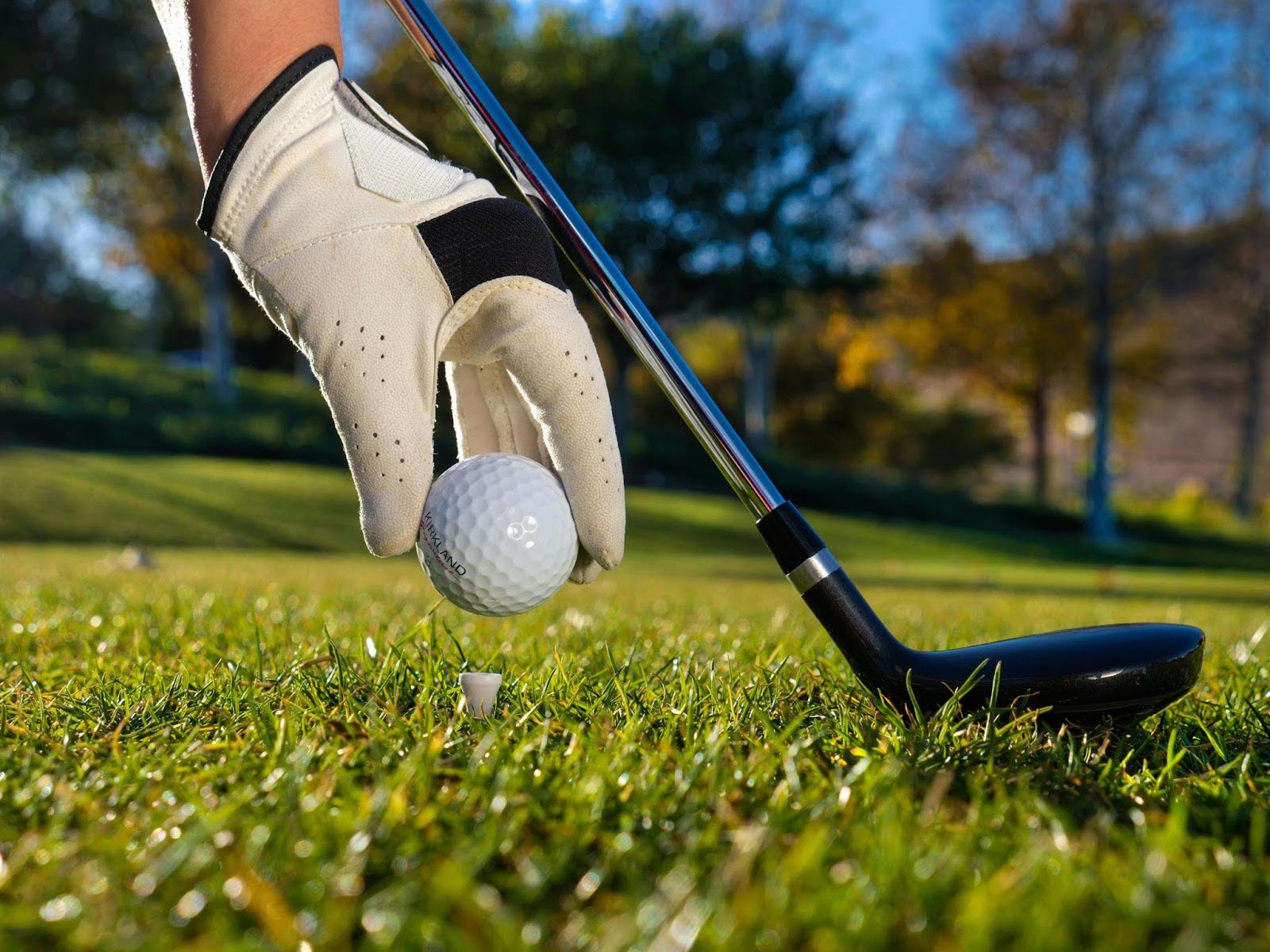Golf is full of choices. While not everyone looks at it beyond a fun, lightly-physical game, there is certainly a good deal of mechanics involved in getting the proper combination of swings and strokes to make it from the tee box to the cup – and then multiply by 18. Your choice of clubs, balls, even weather, can all play a role in how easy or how challenging this can be.
That’s why serious golfers have been debating things like iron or woods, or which number of club is best to make it through certain holes with as low of a score as possible. The advance of hybrid clubs and monster-sized drivers has also changed this equation, creating even more decisions for players to evaluate, whether they’re longtime golfers or newer to the game.
One of the ongoing choices is whether to play a driver or a 3 wood on the tee. Both types of clubs have their advantages and can be useful in different situations, but the initial tee-off at a hole can be important in terms of distance and precision, and will also affect what clubs you choose for the second or future strokes to get the ball to its final destination.
Continue reading to learn about the pros and cons of the driver vs 3 wood as well as which work better with different playing styles. Ultimately, you’ll have to make the choice on the spot, but we’re happy to give you plenty of information to make an educated decision.
Understanding the Driver
The driving iron is designed for the purpose of blasting your ball as hard as possible, and as straight as possible, down the fairway. While not ideal for short shots, like when you’re near the green or in the rough, it’s a useful tool for pure power.
Advantages:
These clubs generally have larger heads, longer shafts, and lower loft. This means a larger sweet spot for hitting it just right, which has the intention of making it go far (but not too far) up in the air. For beginners, the driver is certainly the optimal choice, since the 3 wood has a smaller spot to concentrate on for the perfect stroke.
Ideal uses:
A driver can be great for fair weather conditions, since it may not travel as far on overly hot, overly cool, or overly moist days. The driver is recommended for especially wide fairways and for situations where you want to focus on distance as much as possible, such as a hole with a high par. There will be time for more precise strokes later on as you approach the green, but the initial drives to get there are vital.
Key considerations:
More experienced golfers who have good luck with the lower woods may not want to go back to the driver. And very new players may also need to learn some control and accuracy first – a good driver can be powerful, but you also have to learn to make sure it goes in the right direction. Otherwise, you’re as likely to end up with a powerful slice deep into the rough, as you would a nice drive down the middle.
Understanding the 3 Wood
The 3 wood is one of the more adaptable clubs in the typical set. It can work well in just about any situation, but is especially useful as the establishing shot on a new hole. The club generally has a smaller head, a shaft that isn’t as long as the driver, and a higher loft. This can mean more high and long shots, that also go the distance.
Advantages:
The 3 wood is often recommended for more intermediate and advanced golfers who have developed more skills and better ball control. Newer players may find it easy to miss or even tear up the ground around them. This club is also useful in situations with a narrow fairway and when it’s vital to focus on precision vs. distance only.
Versatility:
While the driving iron is really only used for the tee off, 3 woods can also come into play later in the game. It can also work well in different weather conditions.
Key considerations:
A 3 wood might be a little smaller than a bigger driver. But it might be exactly what you need if you’re facing a shorter fairway and have less distance needed to reach, or come closer, to the hole.
Key Differences Between Drivers and 3 Woods
As stated, there are advantages and disadvantages to selecting which club.
Clubhead and loft:
A nice, strong shot down the fairway with your driver. But mastery of the 3 wood can mean a shot going up high into the air. How far can it go? It depends on your swing strength and the distance you’re trying to overcome. It is also suited for players of all ages and playing style.
Swing mechanics:
Using the driver for an optimal shot can require a motion that’s similar to sweeping, almost coming up from under and moving the ball along. The 3 wood, on the other hand, requires more of a chopping, downward motion to get your ball safely over and under.
Distance vs. accuracy:
Experienced players may say “both please,” but newcomers may want to focus on one or the other. The driver is generally known for being able to hit the ball harder and farther, but not necessarily in the direction you want it. The 3 woods can be an option for smaller-sized holes when control and accuracy are key.
Which One is Right for You?
The correct answer to the question of the driver vs 3 wood can include all sorts of factors and environmental conditions.
Skill level:
If you’re new to golf and are still working on control, try a 3 wood. It may not go as far as you expect, but it’s a good chance to hone your skills. More advanced players who have worked on their control may prefer to return to the 3 woods. But the driver might be the smarter move if you’re focusing on par or at least a good introduction.
Course conditions:
A colder or wetter course may not be ideal for something less powerful, since your ball is less likely to bounce and give you some extra yardage. A tight fairway where you run out of space or come close to the green early may need something more precise vs a longer blast to get in a better position.
Personal play style.
What do you prefer? Being accurate or hitting far? (Both are OK too but require practice.)
Club setting and fitting.
If you’re unfamiliar with both types of clubs or have a generic set of clubs you picked up cheap at a garage sale, you might want to consider getting fitted for your ideal height, stance, and stroke. This can make a difference in the overall speed of your swing and the distance.
Tips for Testing Both Clubs
As we’ve said, practice makes perfect. The more you experiment with the driver vs 3 wood, the more comfortable and confident you’ll get with both of them. You may want to try something different each round to see how you do at tee-off, or find other ways to try.
Range practice.
Hitting a bucket of balls with your driver, and a bucket with your 3 wood, might be the best way to see how you feel about how the club works. A range is a safe space, so you don’t have to worry about slicing too hard or tearing up the ground with your strong stroke with the driver or the wood. You can focus on hitting the ball just right with the larger impact area of the driver, or the smaller spot for the wood. Consider buying your practice balls in bulk to help save money.
On the course.
During your next round, or a round where you’re not necessarily focusing on score, try to tee-off on a few holes with one club, and then switch to the other club. Going back and forth like that with different holes can be a good way to determine which one works well for playing style, and overall game skill.







Add comment
You must be logged in to post a comment.